Facebook's new VR social space offers a glimpse of the true social potential of VR
Blocking out the world doesn’t mean blocking out everyone in it
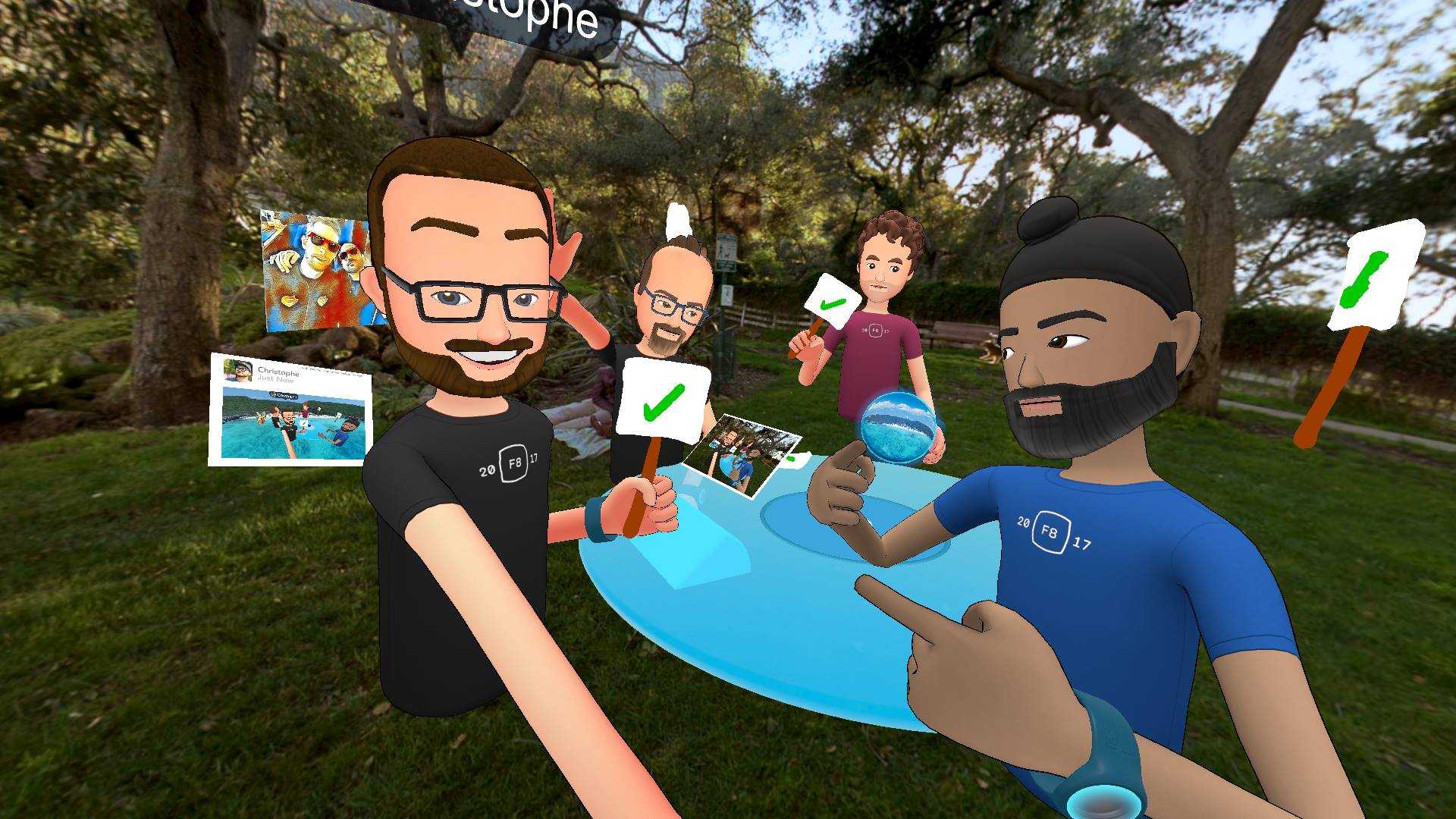
When Mark Zuckerberg bought Oculus in 2014 and declared that virtual reality was going to be a social platform, we can't pretend we didn't take part in a collective scoff.
Back then (three years is a long time in tech) VR seemed like the most isolated digital experience it was possible to have – block your eyes, put on your headphones and enter a virtual world separate from the one everyone else around you is living in.
Adding to our skepticism was the fact that virtual reality’s best chance at achieving mainstream success as a platform seemed to be through reaching a gaming audience.
Having closely watched the development of VR over the years and now having tried Facebook’s Spaces for ourselves we have to admit that our scoff was slightly presumptive. It is, you understand, hard not to be immediately cynical about these things on paper - and it isn't until you've tried it that your perspective shifts.
Social space
It was strange to stand in a room with someone and pull on a VR headset with the intention of communicating with them but the beauty of Facebook Spaces is, of course, that you’re unlikely to be able to be in the same room with the people you’re trying to communicate with.
Once logged into a Facebook profile, you're able to create an avatar that's then tied to your Facebook Spaces account. You can either create the cartoon version of you completely from scratch or select one of your previous profile pictures to quickly generate an avatar that bears a resemblance to you.
We went for the quick option and were pleasantly surprised by how close the resemblance was. From there we were able to make small alterations to accessories and clothing colors. Once you’re happy with what you look like your avatar is then dropped into a room with a round table at the center.
Get daily insight, inspiration and deals in your inbox
Sign up for breaking news, reviews, opinion, top tech deals, and more.
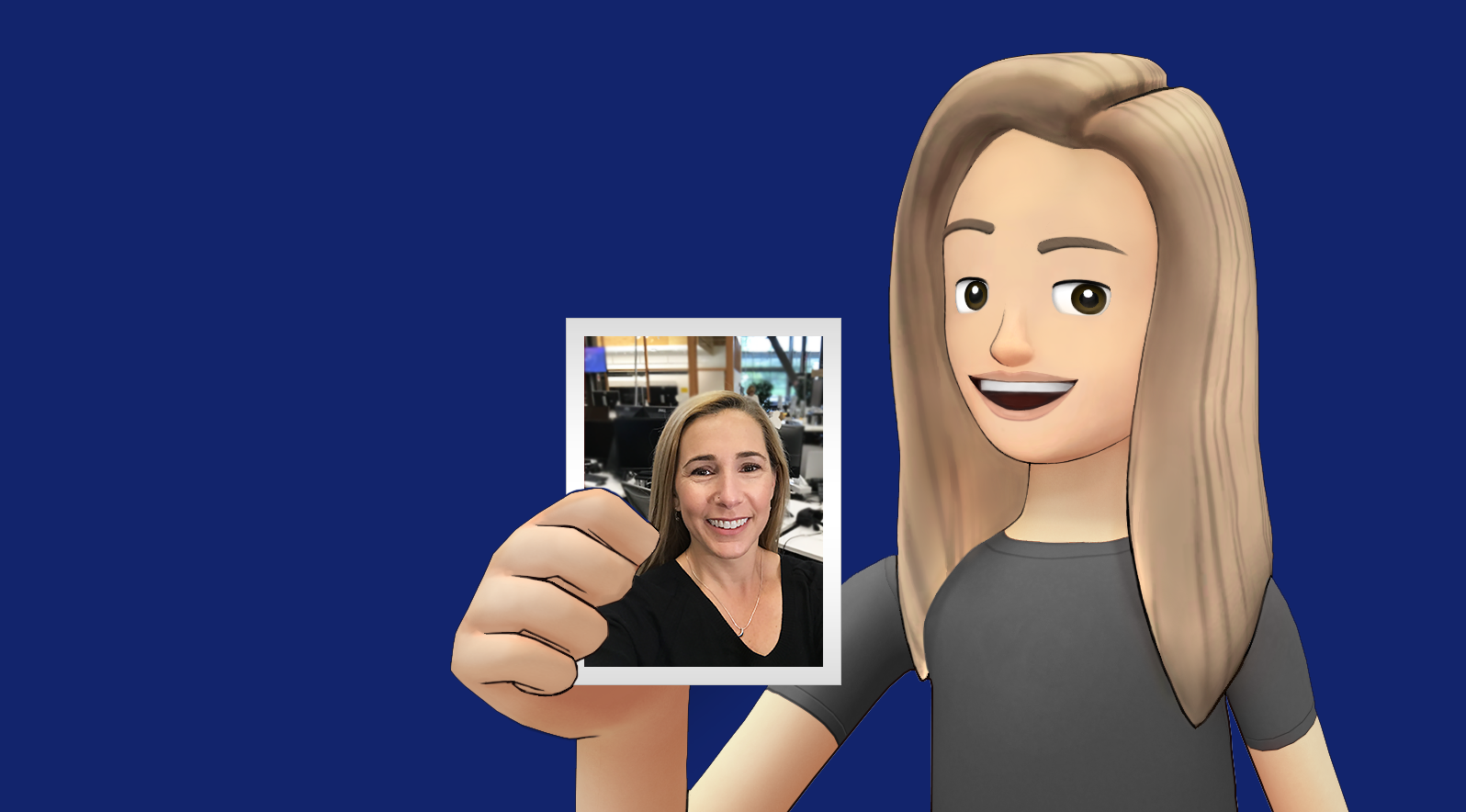
Roundtable
Though it's an innovative idea and the Oculus headset is a high-end VR experience, the thing that Facebook Spaces truly has going for it is the Oculus Touch controllers. These controllers are some of the best in the virtual reality market and their easy-to-use and intuitive design gives Facebook Spaces more depth than it might have otherwise.
Being able to move individual fingers and point to press buttons in your virtual world really adds to how immersed and in control you feel. There’s no point in having a bunch of fun features if they’re an absolute nightmare to learn and use, particularly when you’re trying to reach an audience as technologically diverse as Facebook is.
Speaking of fun features, in Facebook Spaces you’re pretty limited in what you can do at the moment but there are plans to expand the experience once it’s left Beta and users are more familiar with what Facebook is trying to achieve.

Right now users are able to float around a table together, talk, draw interactive doodles, take selfies, live stream directly to Facebook, and share content with one another that's both personal and public.
For example, in the room we were able to pull up a console on the virtual table and access a host of publicly available 360 degree photos and videos as well as those we'd posted on our personal Facebook timeline.
Scrolling through them, we selected a relaxing looking beach hut in Maldives that was certainly not a personal capture. The video we selected then became an orb that we were able to hold and when we placed it in the center of the table it essentially cast out around us and became our location.
We were able to take out a selfie stick from the tools console and snap a photo from our holiday destination and then share it directly to our Facebook profile. Though Facebook Spaces allows you to bring real-world items into a virtual world, it also lets you share moments from the virtual world in the real one. It's a two-way channel that greatly adds to the experience.
Taking out a pencil tool, we were able to scribble anything we wanted in any color in the air around us. Once you’ve drawn something it hangs in front of you and you can pick it up and use it as a wearable item in one of your selfies or simply as a decoration.
Though Facebook Spaces takes a simple approach at the moment, it’s one that has the potential to be successful because of this simplicity.
Simple yet effective
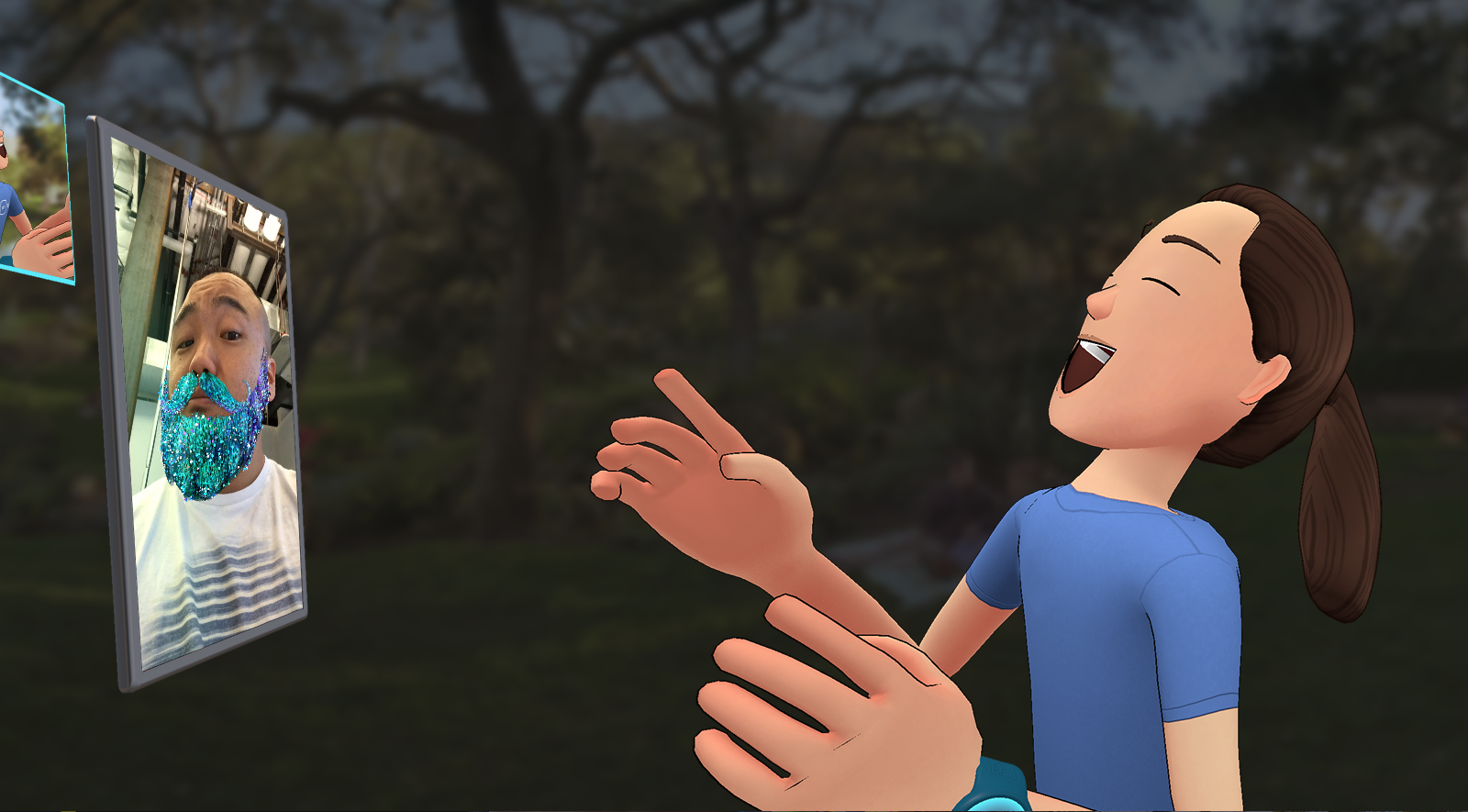
When we spoke the head of Facebook's Social VR team, Rachel Franklin, she told us this streamlined approach is a very deliberate attempt to not turn people away.
“I believe that VR has so many opportunities. It’s fantastic for gaming but I think that’s just one amazing aspect. As Facebook we fundamentally believe there’s something incredibly social about being with someone else in VR. We believe this is something that people can do and find meaning in.
"We’re aiming to have people believe that VR is for them. This isn’t a technology that’s for somebody else or some kind of niche group, but for everybody. A technology that looks fun and welcoming.
"The tone of what we’re building, the playfulness, these are all really important in trying to make everybody feel like VR is for them.”
As Facebook we fundamentally believe there’s something incredibly social about being with someone else in VR. We believe this is something that people can do and find meaning in
Rachel Franklin
As much as gaming experiences have a widespread appeal, having a meaningful way to communicate with the ones we love probably has an even wider appeal.
This idea of making people feel like VR is for them extends to allowing them to access Facebook Spaces without the need for a VR headset at all.
If you’re in Facebook Spaces using VR and you have a family member you’d like to contact that doesn’t have a VR headset you can still call them from within your headset and video chat with them.
Don't miss out
Facebook Spaces is open to users regardless of whether they have a headset or not but it’s easy to see why having a headset is the most appealing way to use it. It’s this openness to everyone that’s likely to draw more people into the idea of purchasing a headset rather than put them off it.
Sure, you don’t need a headset but if you want to feel like you’re entering this world with your friends rather than looking in through a window on your phone, you might be convinced to get one. It’s the best possible way to show people what they’re missing, as it were.
Even though gamers can play the same games across several headsets, they still need a headset to see what the platform is capable of. Facebook Spaces gives an insight into the fun without requiring that you test a headset out for yourself.
I don’t think you’re ever going to be able to replace physically being with a person you care about
Rachel Franklin
At first putting a headset on and creating an avatar seems like an awful lot of effort to go to when you can send a simple text or make a phone call. But when we asked Franklin about how Facebook plans to draw people in when there are simpler forms of communication already available she replied that it’s all about context.
“I don’t think you’re ever going to be able to replace physically being with a person you care about [...] I think there’s just different forms of communication. Text communication is appropriate for some situations, but we’re trying to offer another communication opportunity,” said Franklin.
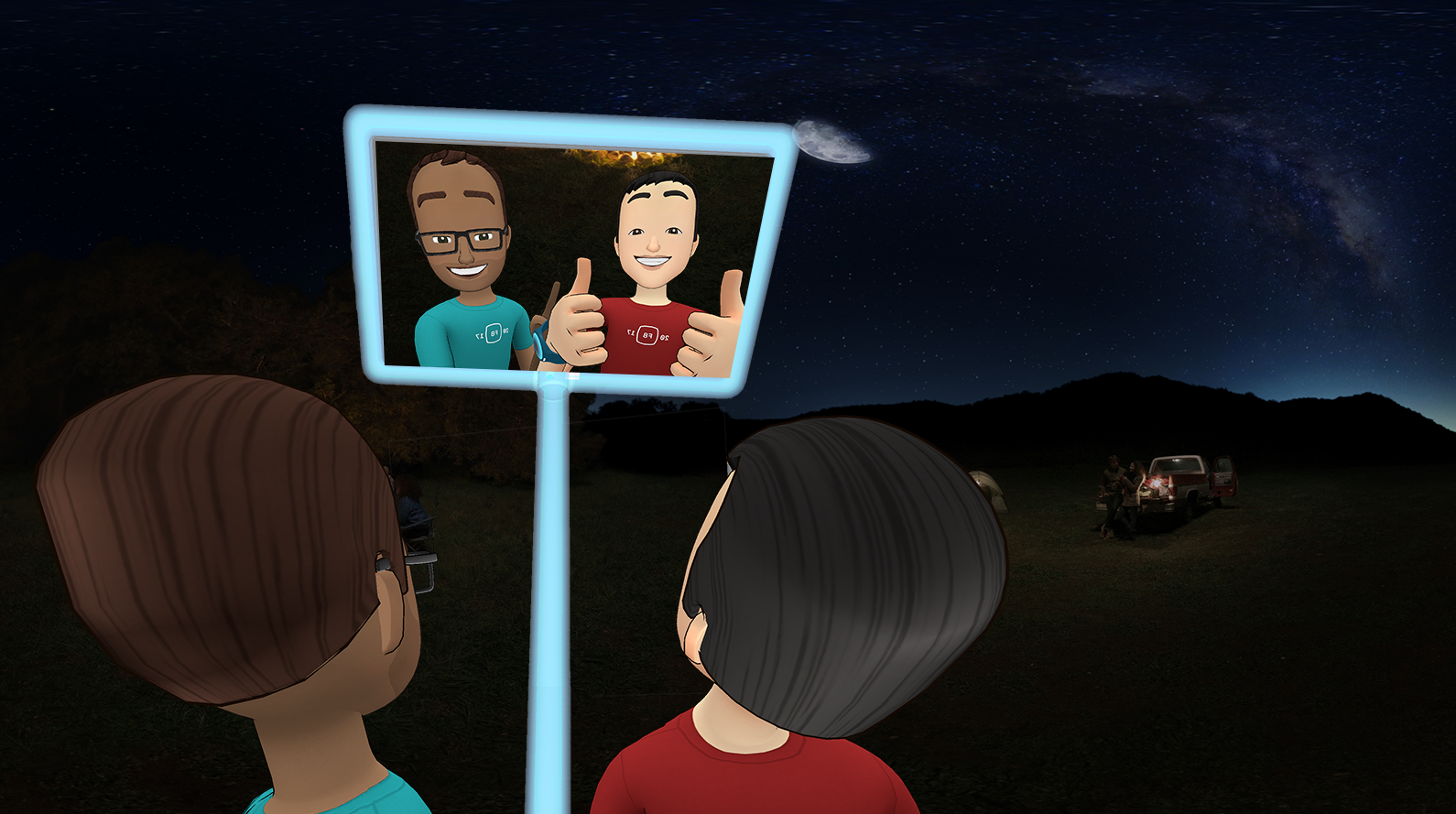
Rachel gave us several different use cases where Facebook Spaces was arguably the most appealing option for communicating, ranging from long distance relationships, to sharing videos with several friends. If, for example, you moved to a new home Facebook Spaces could offer you the perfect way to give your friends a tour around.
We did note that Facebook Spaces is a much more fun way of sharing photos and videos than sending a link or shoving your phone under someone’s nose uninvited. Being in a space that’s been designed for sharing and enjoying visual experiences together makes your interactions feel collaborative and welcome in a way they don’t when you’re sending an unprompted message.
This is probably helped by the fact that everyone you’re talking to is a colorful cartoon avatar with limited body language and facial expressions. These avatars stand in sharp contrast to the real-world backgrounds of the space but Franklin told us this is a very deliberate juxtaposition.
“In videogames we have the uncanny valley and until we get to the point where technology is able to create an exact replica of me and you’re not questioning whether or not it’s me this is the best way.
"By not even going there, by going to something that is very different but has characteristics that are recognizable we avoid that disconnect. It’s surprising how your brain forgets that you’re a cartoon. Our goal is to bring you into an experience and a moment and not take you out of it.”
No substitute
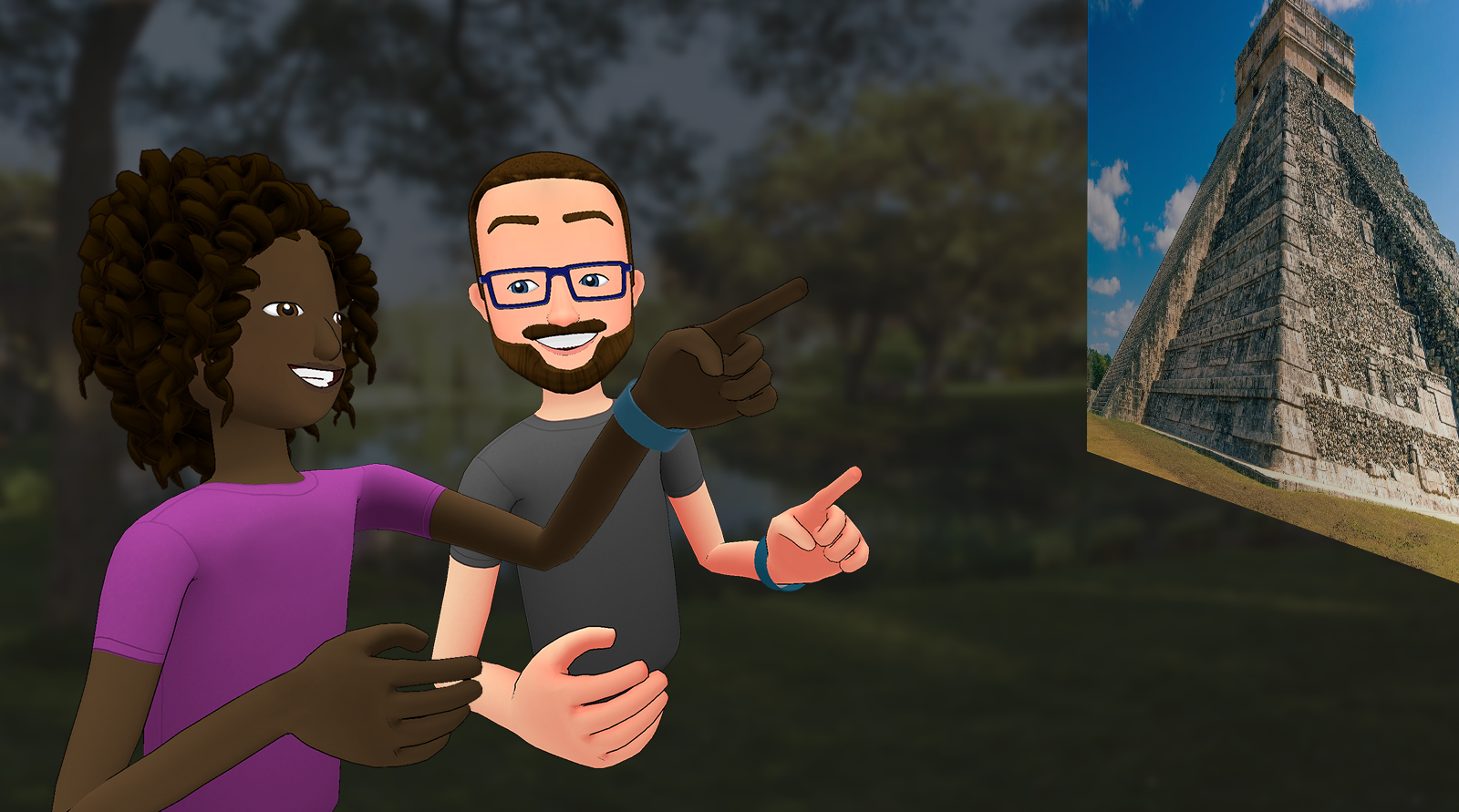
To appreciate Facebook Spaces is to understand that it’s not trying to replace any existing forms of communication or even real life interaction. Once we accepted this it was easy to see how Facebook Spaces uses VR to offer a communication experience you’d be hard pushed to find anywhere else.
For the first time, we weren't annoyed by someone sharing a long video with us and it's oddly enjoyable taking a selfie when you know there’s no way it can turn out badly.
It's surprising how quickly your brain forgets you're a cartoon
Rachel Franklin
In fact, when entering Facebook Spaces the knowledge that you embody an avatar that’s largely similar to your companion’s sets a more even ground for communication and eradicates a sense of self-consciousness that pervades most real-life interactions (maybe that's just us).
Also, being in an environment that so unashamedly encourages communication arguably made us more sociable than we’d usually be around a complete stranger.
Thanks to its ability to take us outside of ourselves, VR has often been called the 'empathy platform'. Having tried Facebook Spaces out for ourselves, we now find it easy to see how a technology so traditionally associated with disconnection from reality could facilitate a whole new method of communication and make VR appeal to a far wider range of people than gaming has managed thus far.
Emma Boyle is TechRadar’s ex-Gaming Editor, and is now a content developer and freelance journalist. She has written for magazines and websites including T3, Stuff and The Independent. Emma currently works as a Content Developer in Edinburgh.
